"Two lifeforms merge in once-in-a-billion-years evolutionary event."
"Last time this happened, Earth got plants."
"The phenomenon is called primary endosymbiosis, and it occurs when one microbial organism engulfs another, and starts using it like an internal organ."
The article says the first time was 2.2 billion years ago when mitochondria went from free-standing bacteria to internal organelles of archaea, eventually to become the mitochondria in animals and in us, and the second time was 1.6 billion years ago when free-standing cyanobacteria became organelles of plants called chloroplasts. This time we have a cyanobacterium called UCYN-A that can do nitrogen fixation becoming an organelle of a species of algae called B. bigelowii
What mitochondria do is take energy in the form of sugar (glucose) or ketones derived from fat and turn it into ATP (adenosine triphosphate), which is the chemical form it needs to be in to power the activity of the cell.
What chloroplasts do is photosynthesis, turning sunlight into the energy-storage molecule glucose.
What nitrogen "fixation" is all about -- strange term, I know -- it doesn't mean the nitrogen is "broken", it means the nitrogen is unavailable to biological systems before it gets "fixed" -- don't ask me why people use this term -- is converting atmospheric nitrogen (N2) to a form biological organisms can use. You see, the air we breathe is about 70% nitrogen, but these N2 molecules have a triple bond that is hard to break, so atmospheric N2 basically doesn't react with anything. You breath it in, you breathe it out, nothing happens. You get the nitrogen you need for your cells elsewhere.
And biological cells do need nitrogen. It's a key element in amino acids, the building blocks of protein. It's also part of nucleic acids -- DNA and RNA. You get yours from your food, primarily from the protein. But where does your food get it? It has to come from the atmosphere somewhere along the line. There has to be something analogous to how chloroplasts pull CO2 out of the atmosphere and use it to make glucose.
To get bioavailable nitrogen, cyanobacteria with special cells and enzymes convert atmospheric nitrogen to ammonia (NH4). (Equation below -- I'm going to skip here.) The special enzymes are an enzyme complex called the "nitrogenase complex". The special cells are called heterocysts. The reason the special cells are necessary is the nitrogenase complex enzymes don't work in the presence of oxygen. Heterocysts have extra thick cell walls to keep oxygen out.
The simple way to think of this is as an exchange of N (nitrogen) for C (carbon): The cyanobacteria provides the N and the algae provides the C. The two do an exchange as a symbiotic relationship. And apparently they've taken the next step and merged into a single organism, rather than remaining free-standing symbionts.
Now, the researchers here have not proven unequivocally that such a merger has happened -- for that they would need to prove gene migration between the two organisms. That may be done in time. For now, they have provide pretty compelling evidence: size ratios and synchronized cell division. The article talks about size ratios and that's because the sizes of the two organisms usually move in lockstep after they merge. They show a tight coupling for three sublineages of UCYN-A (called UCYN-A1, UCYN-A2, and UCYN-A3). This makes sense when you consider both want to optimize the underlying metabolic interconnection.
They've also synchronized their cell division, so they reproduce in lockstep. Another hallmark of endosymbiotic merger.
Two lifeforms merge in once-in-a-billion-years evolutionary event





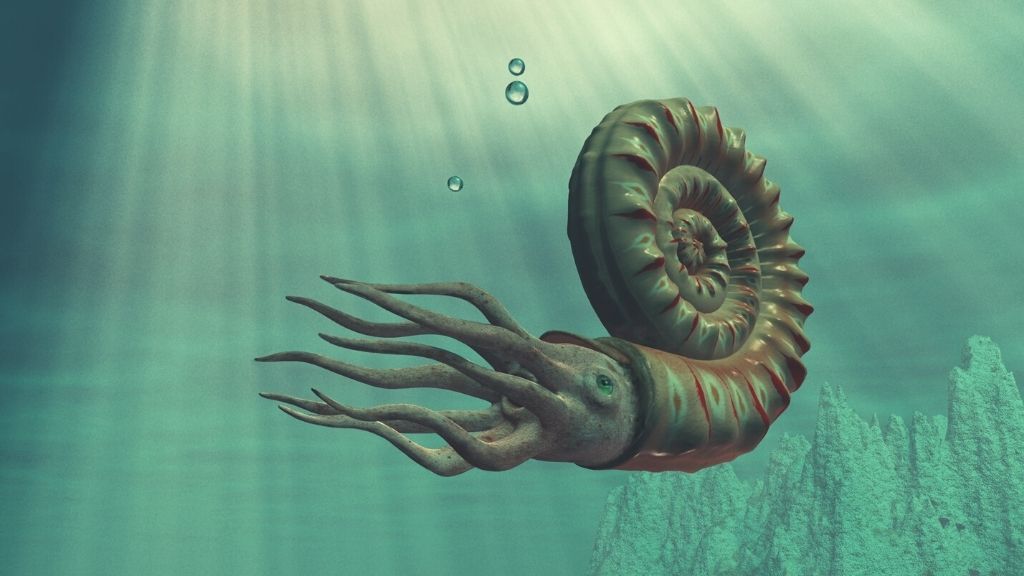
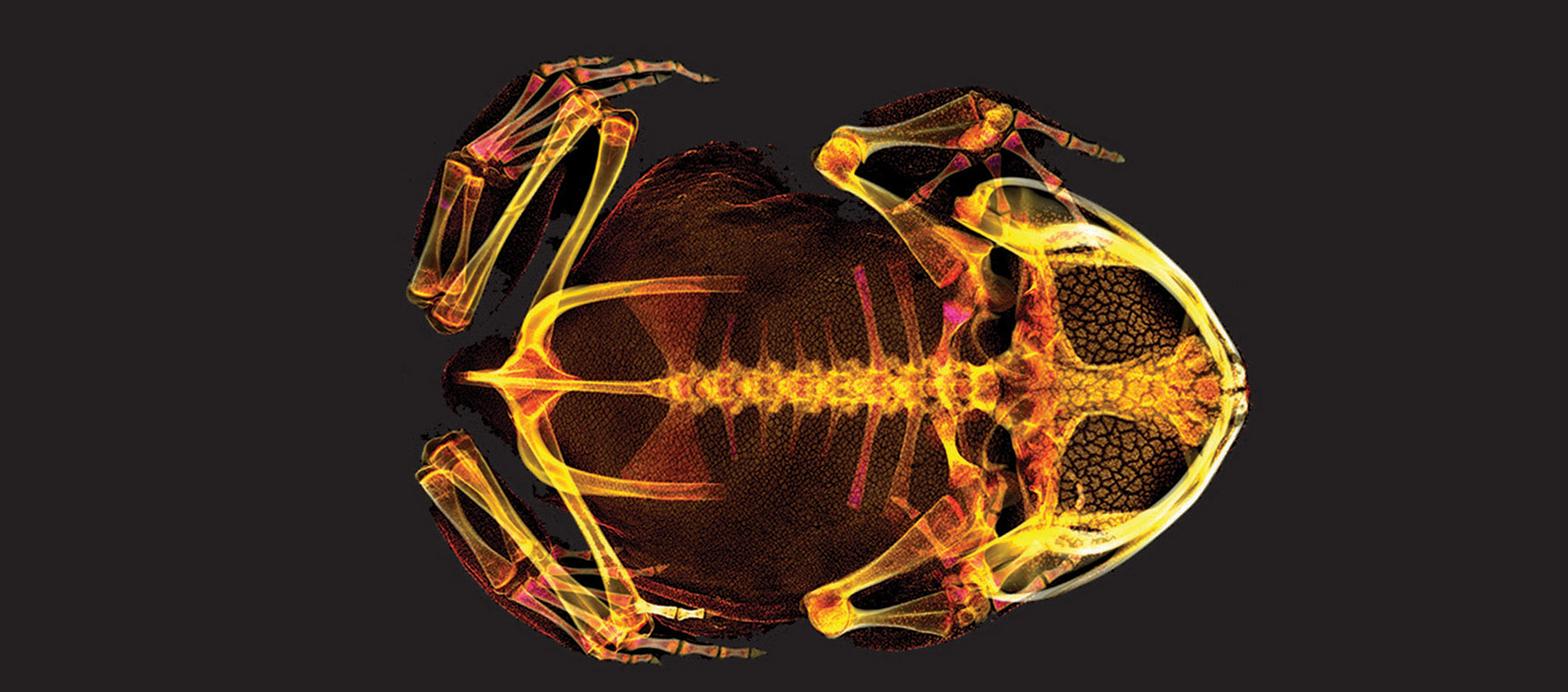
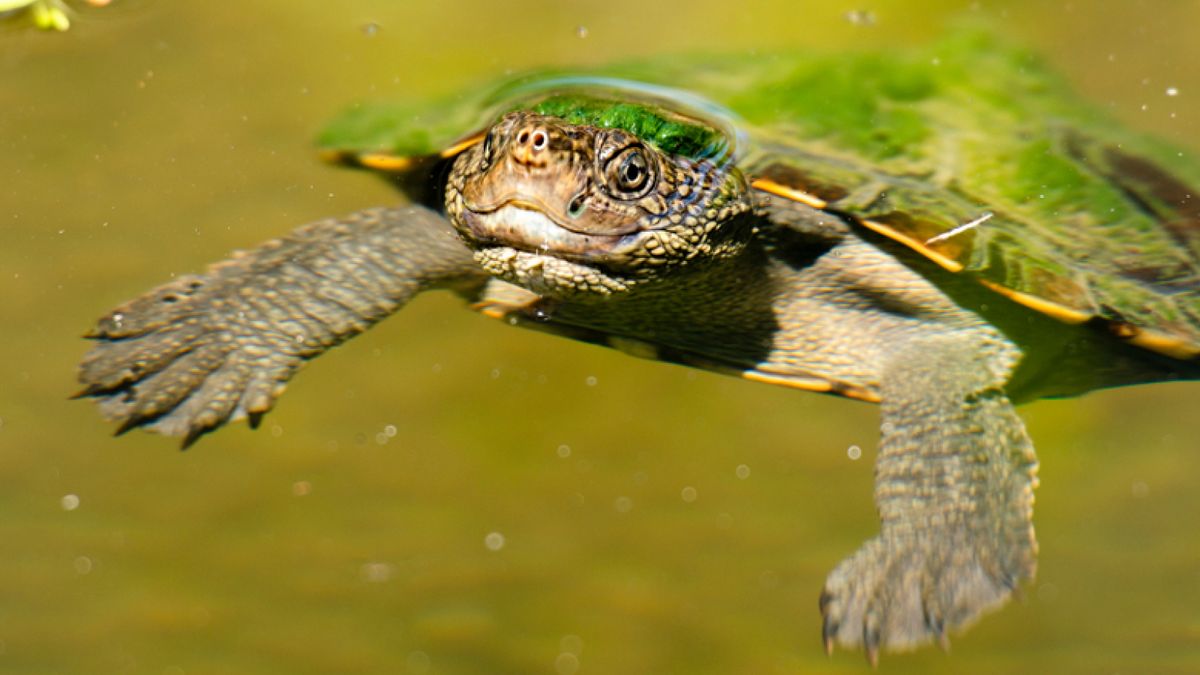

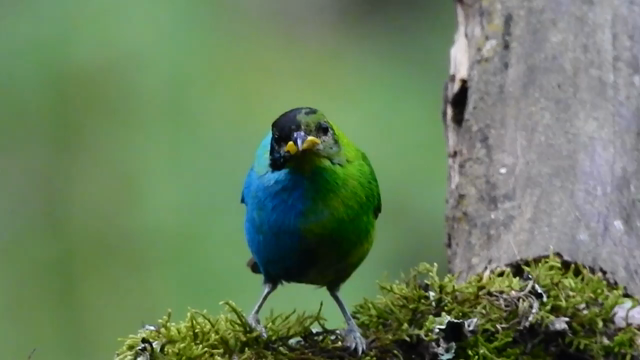
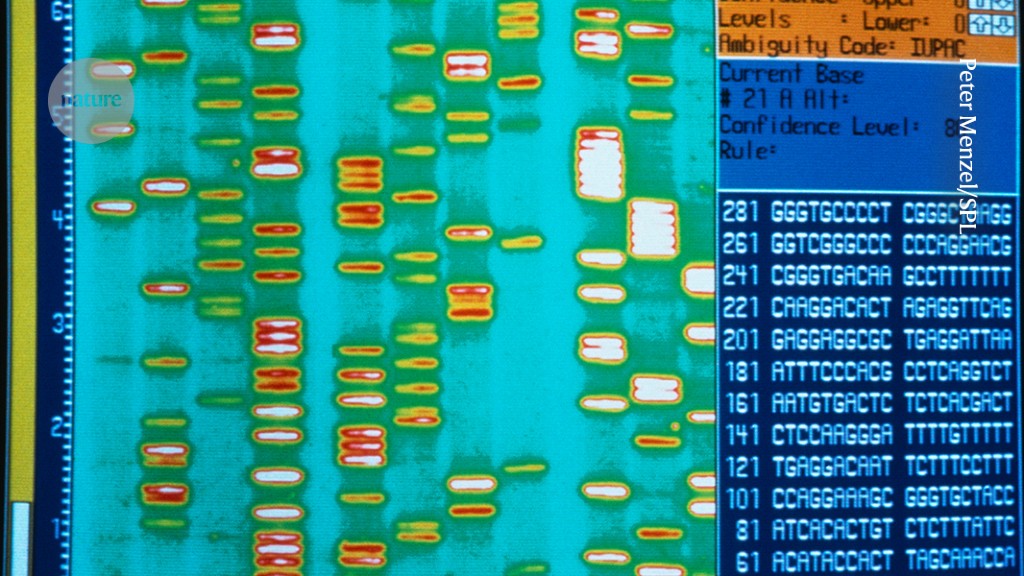


/https%3A%2F%2Ftf-cmsv2-smithsonianmag-media.s3.amazonaws.com%2Ffiler_public%2F69%2F78%2F6978cf35-198d-41c3-b00c-ba4bdeedf315%2Fgettyimages-968383944.jpg)
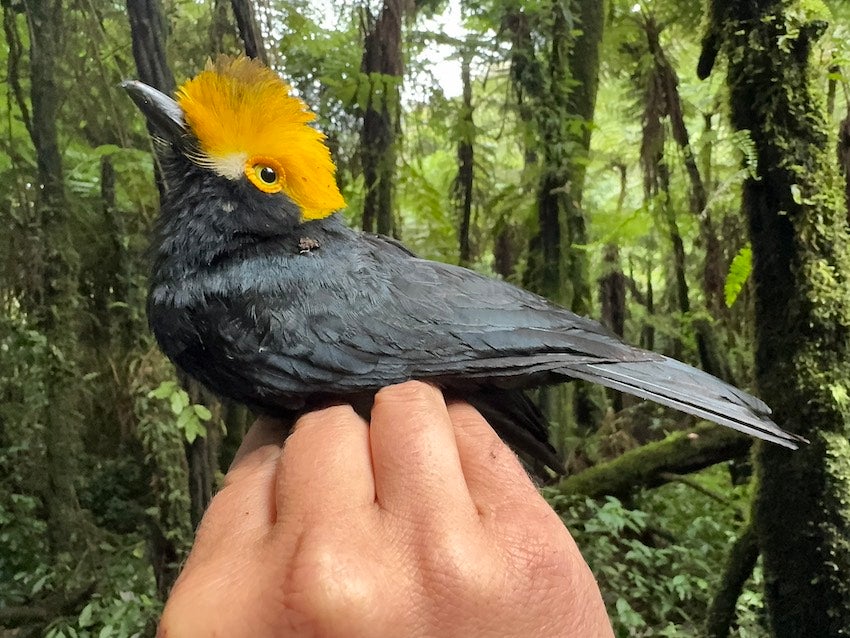
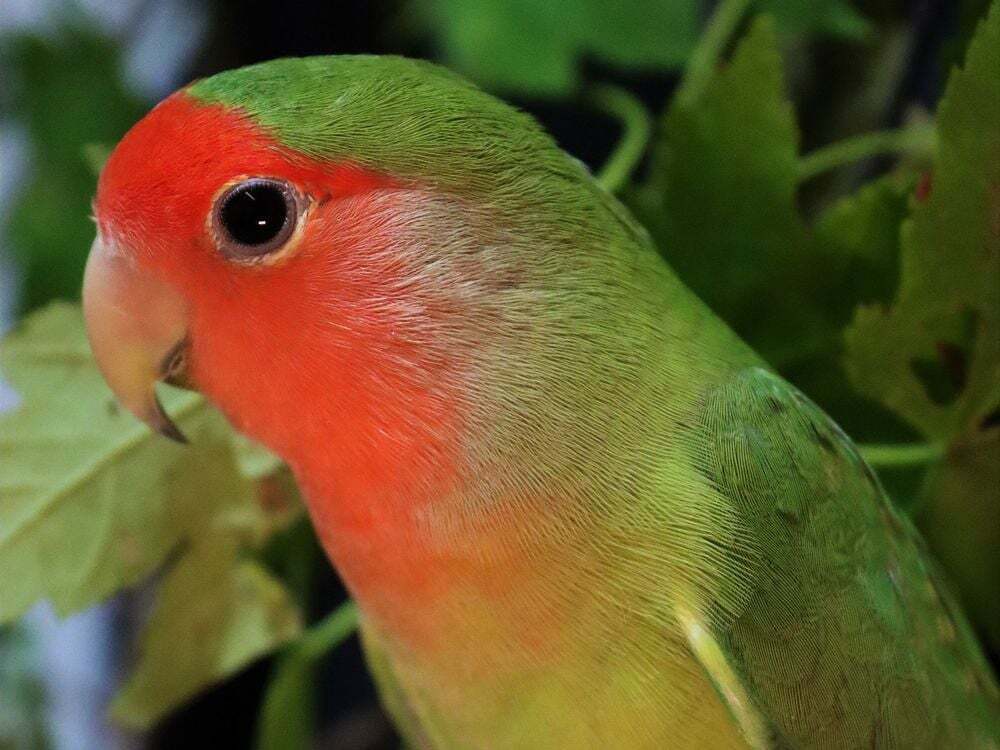
/https%3A%2F%2Ftf-cmsv2-smithsonianmag-media.s3.amazonaws.com%2Ffiler_public%2Fde%2F1e%2Fde1e5df1-f674-465d-950b-763de3f3cd38%2Frosy-faced-lovebird-2-photo-by-todd-l-green_web.jpg)
